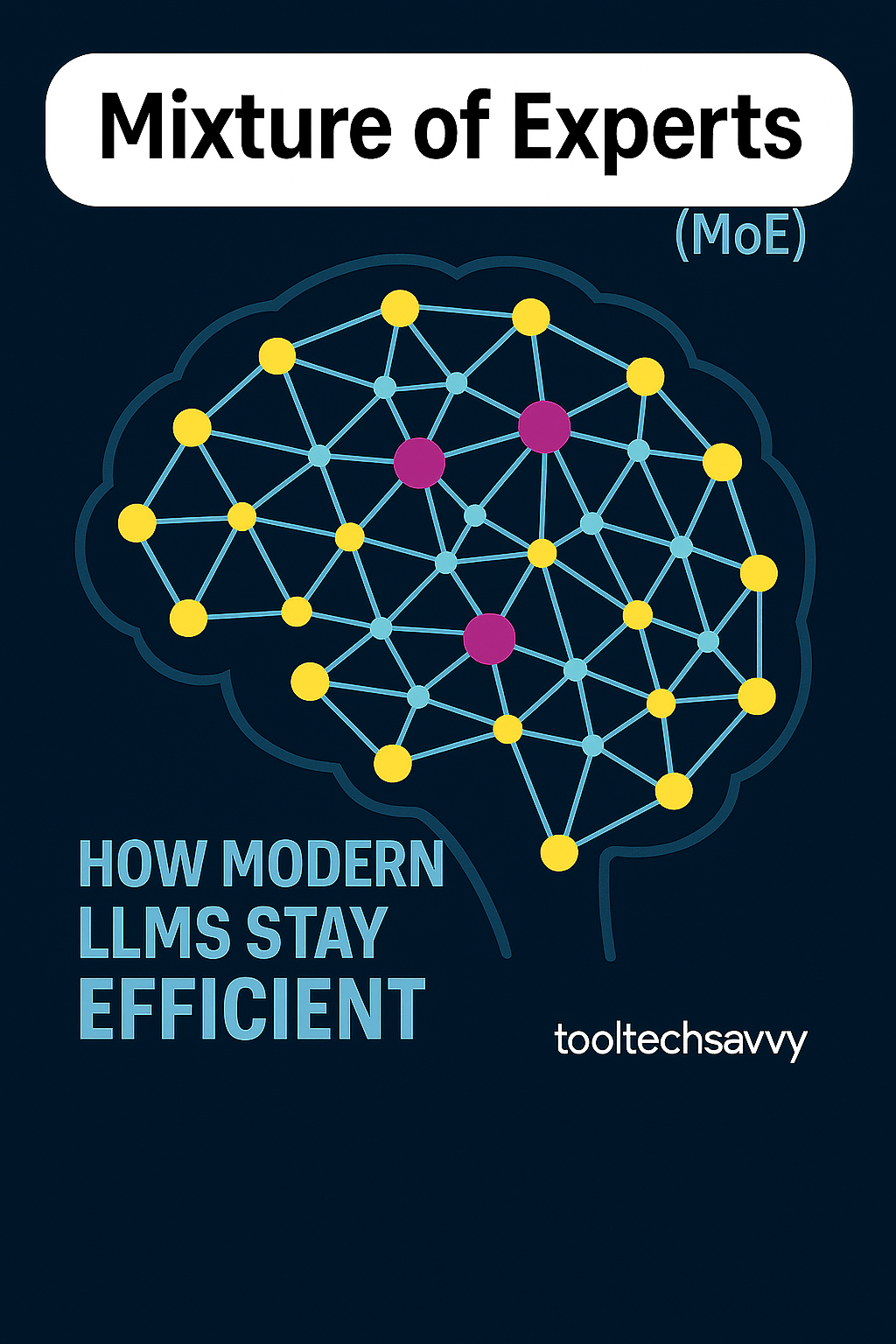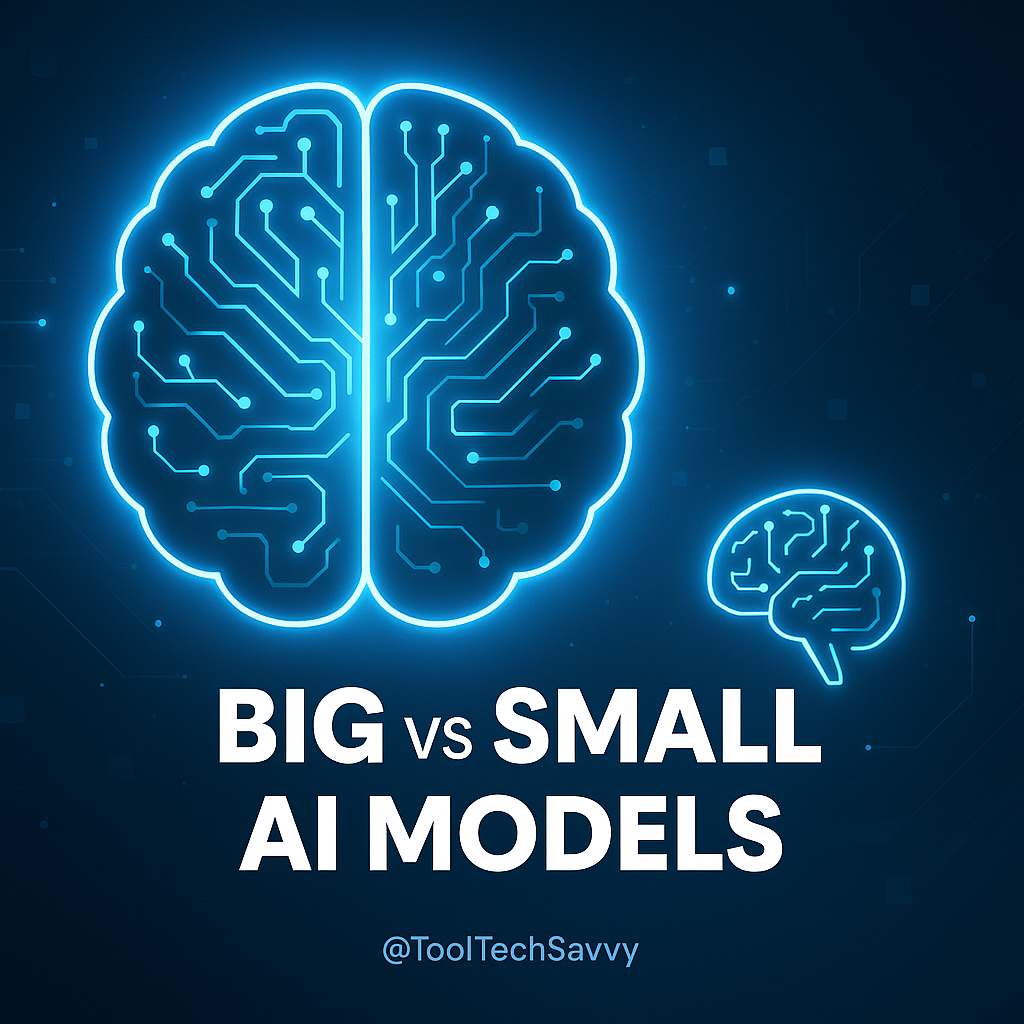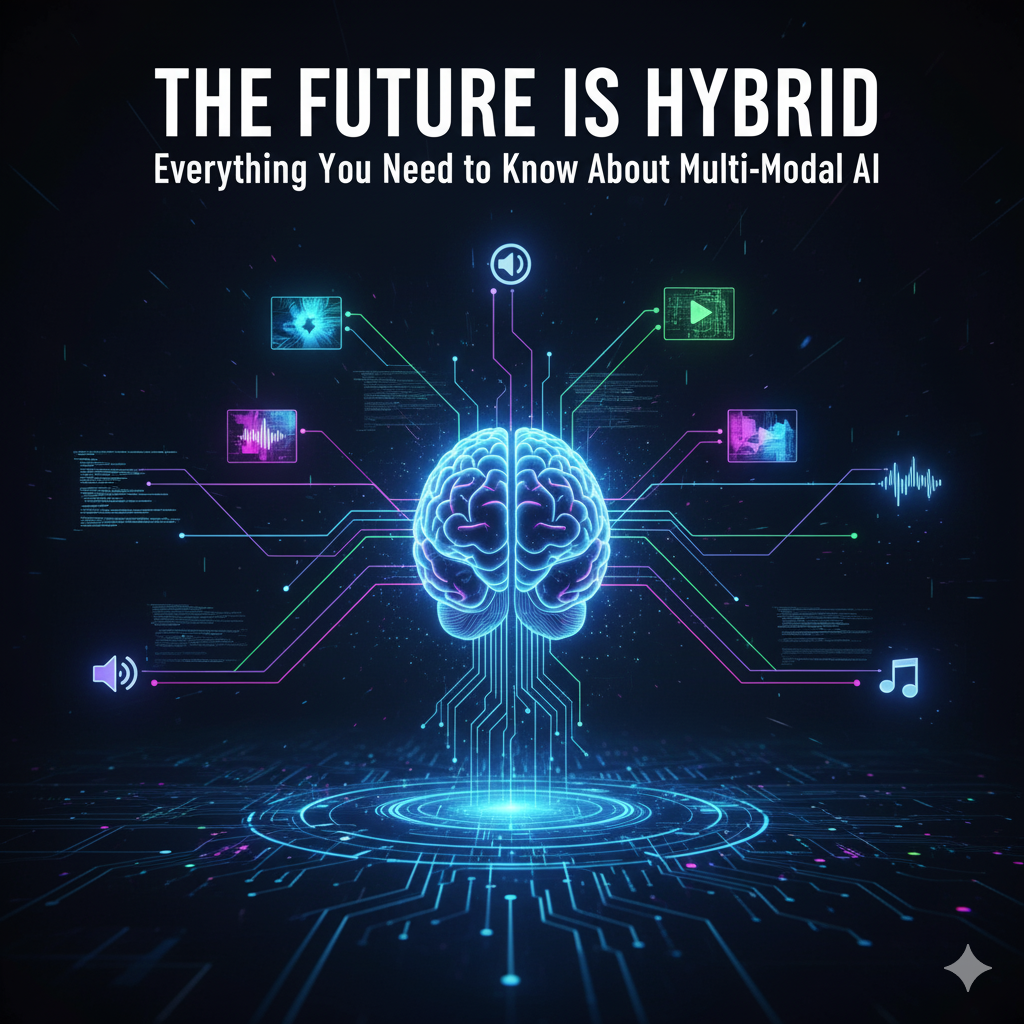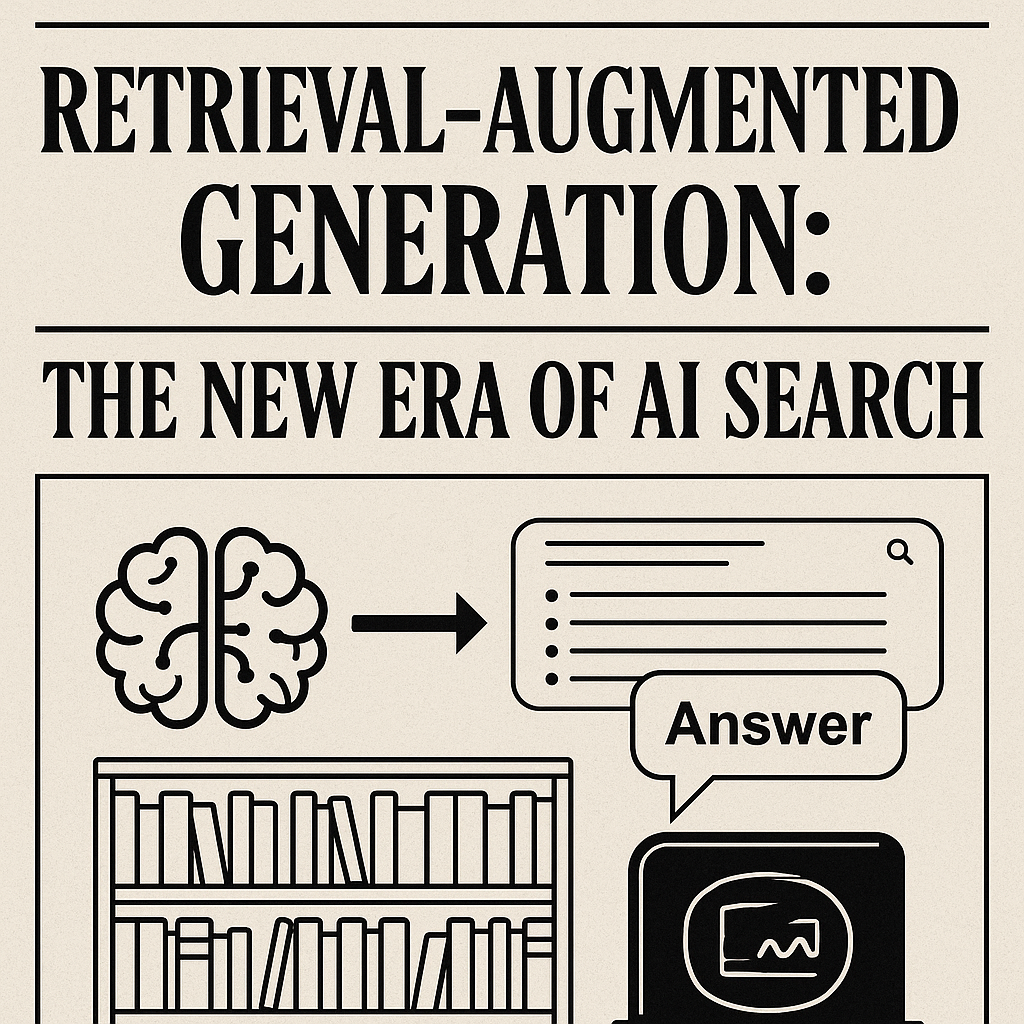Mixture of Experts (MoE): How Modern LLMs Stay Efficient
The latest generation of AI models — from GPT-4 to Gemini — are getting bigger, smarter, and surprisingly more efficient. But how can systems with hundreds of billions of parameters run faster than smaller models from just a year ago? The answer lies in a powerful architecture called Mixture of Experts (MoE) — a design […]
Mixture of Experts (MoE): How Modern LLMs Stay Efficient Read More »










